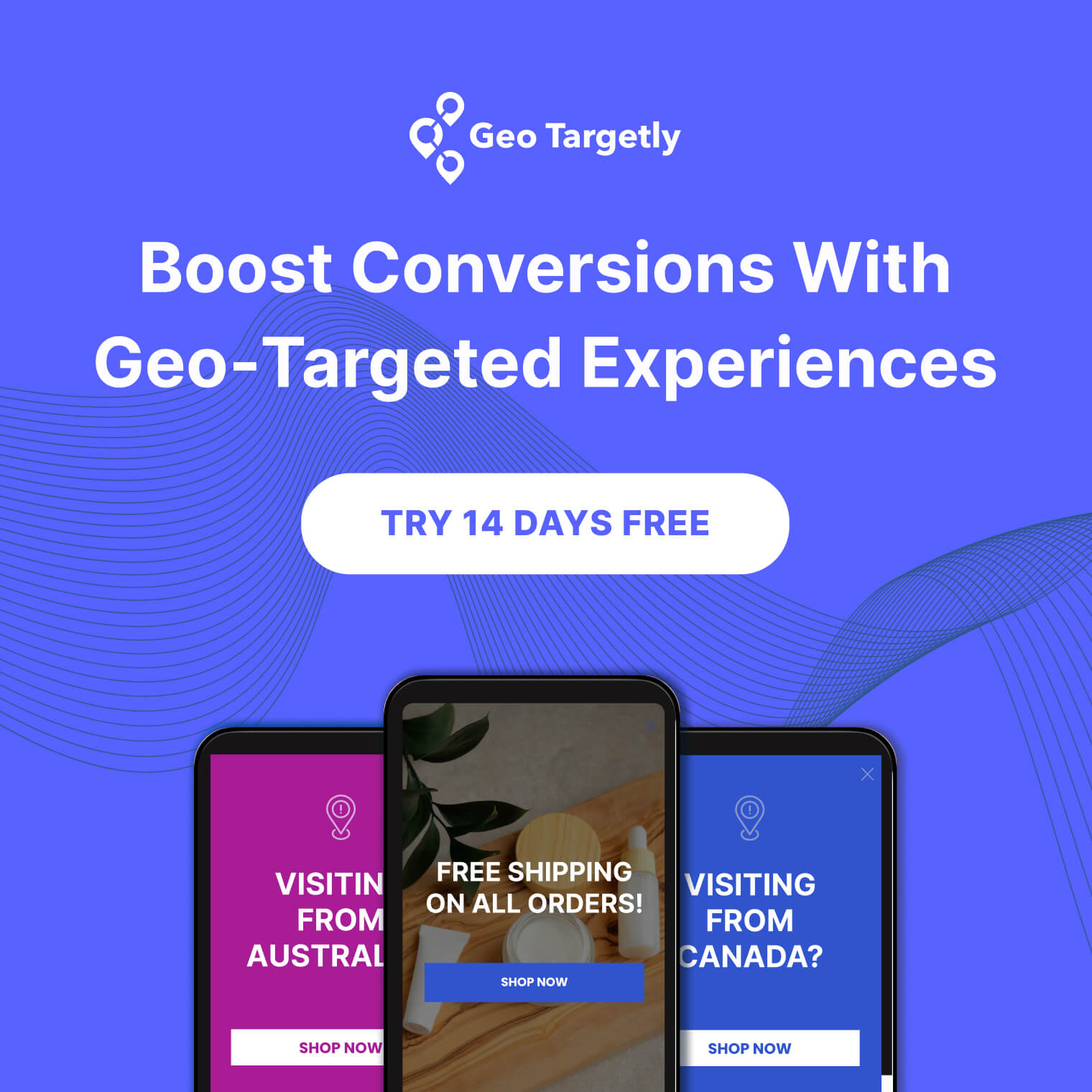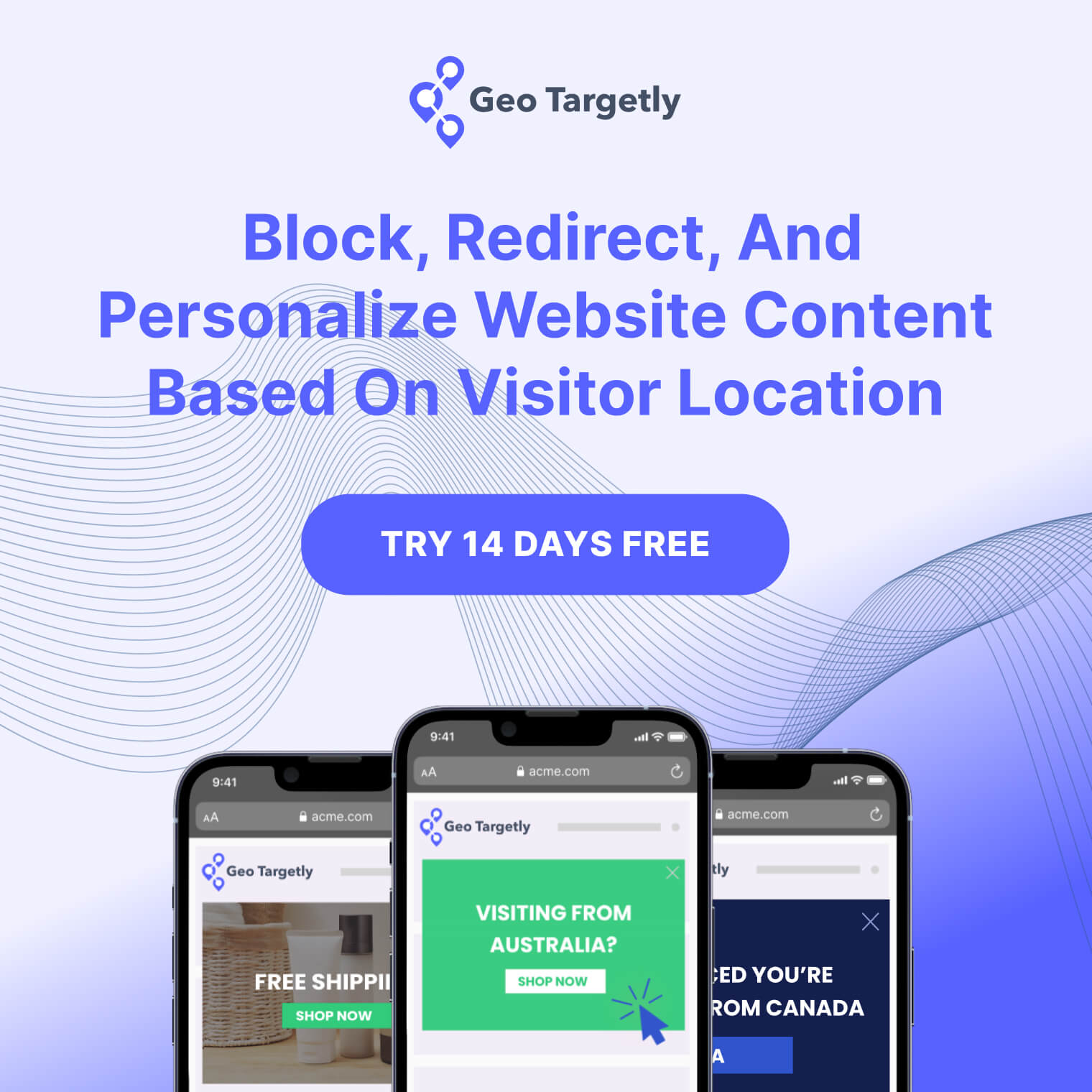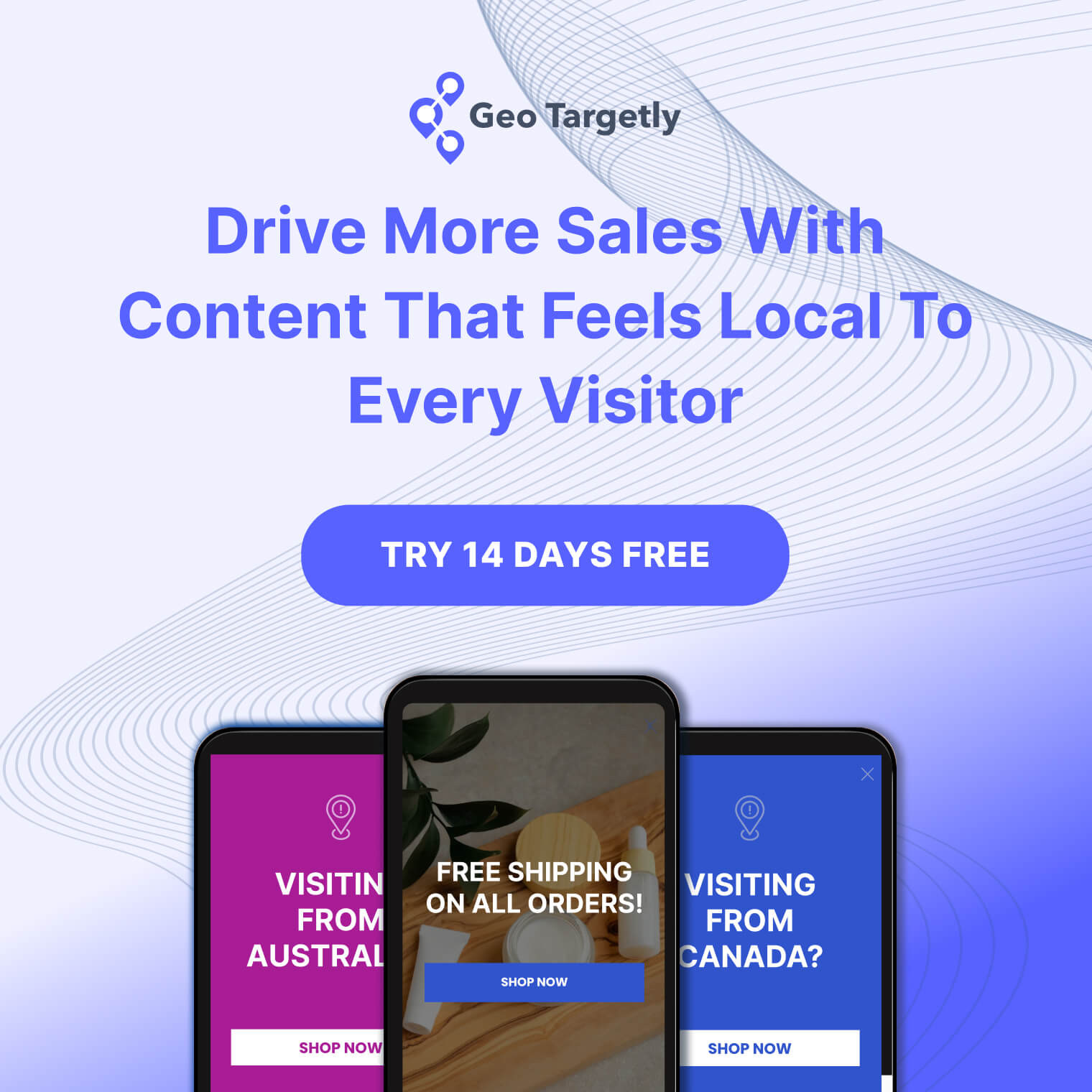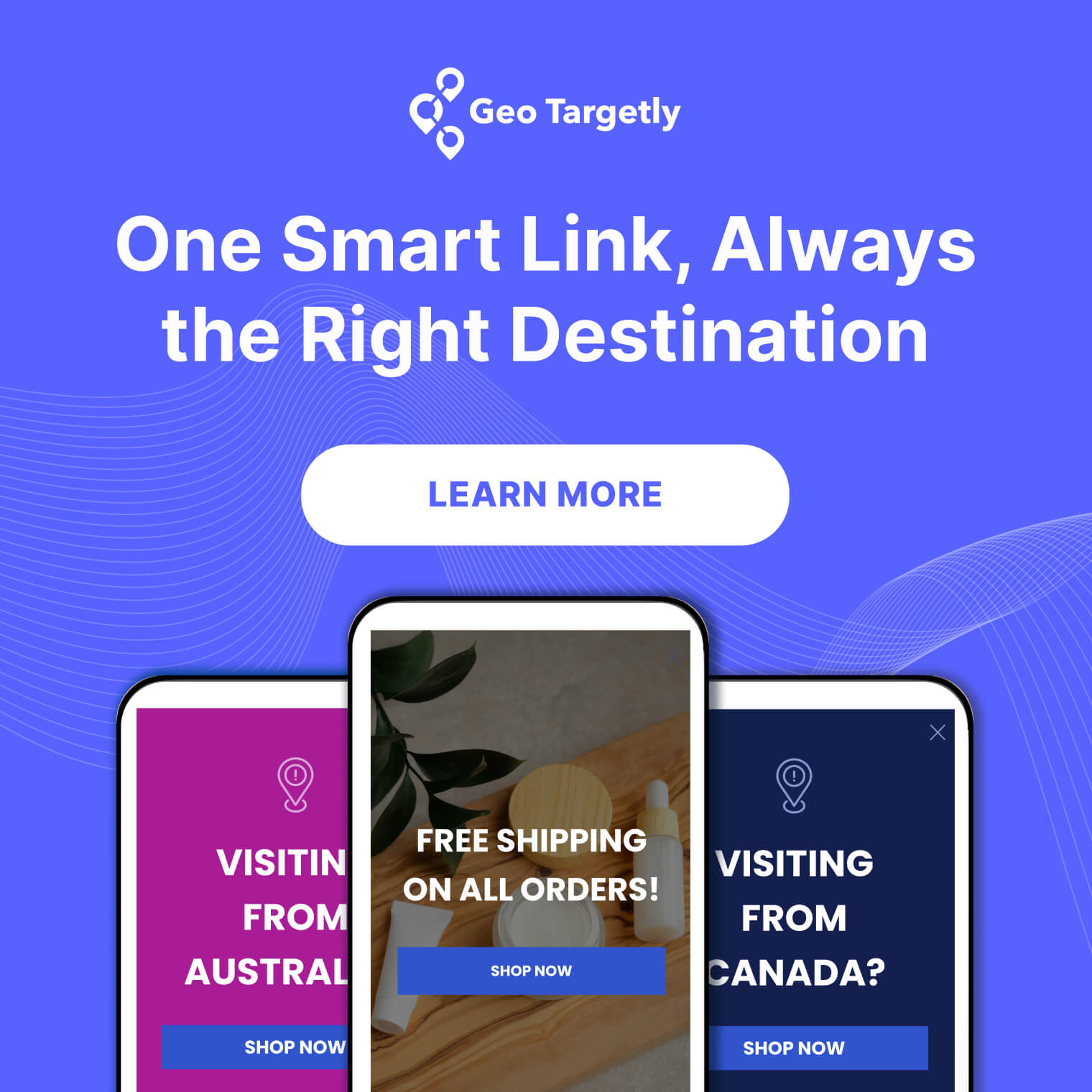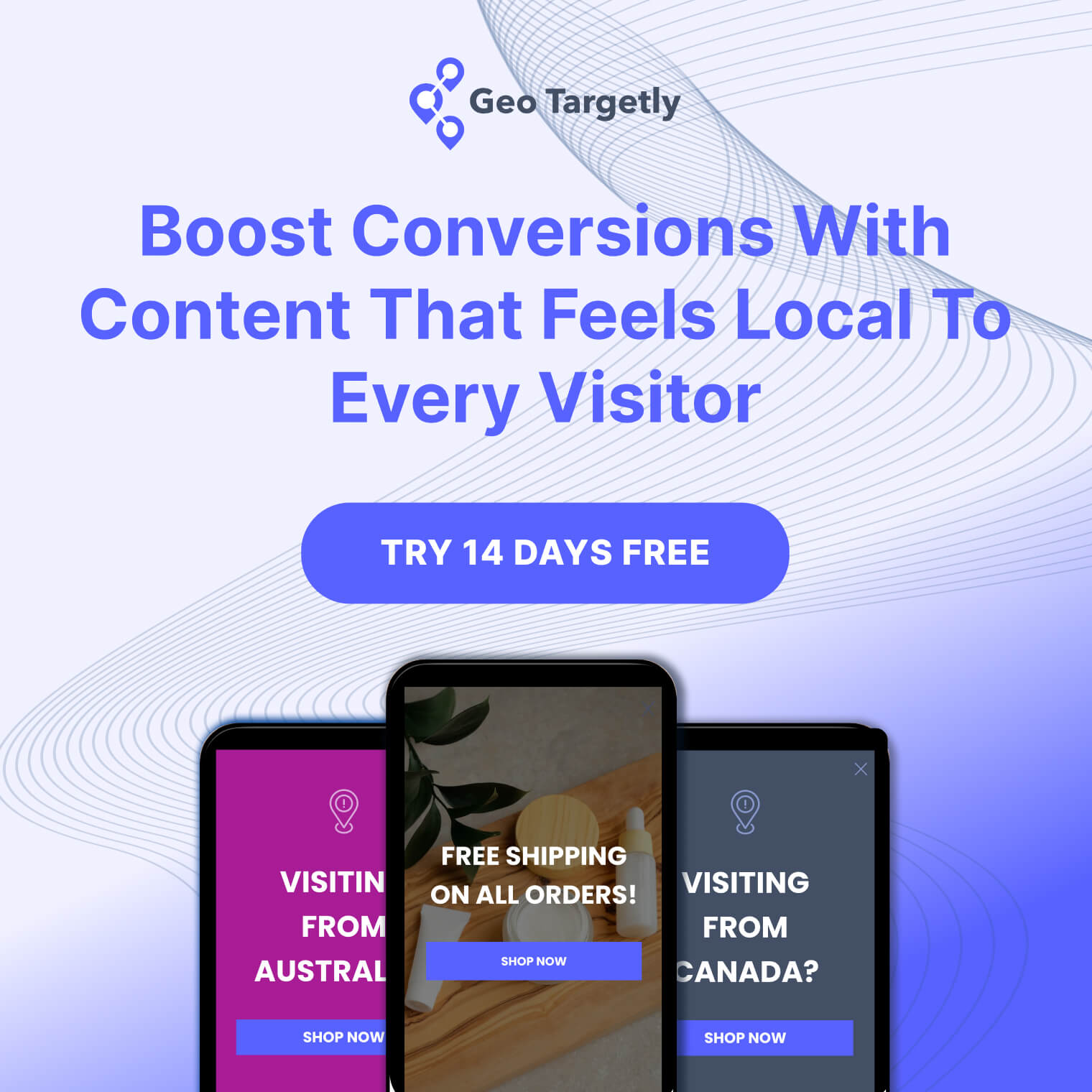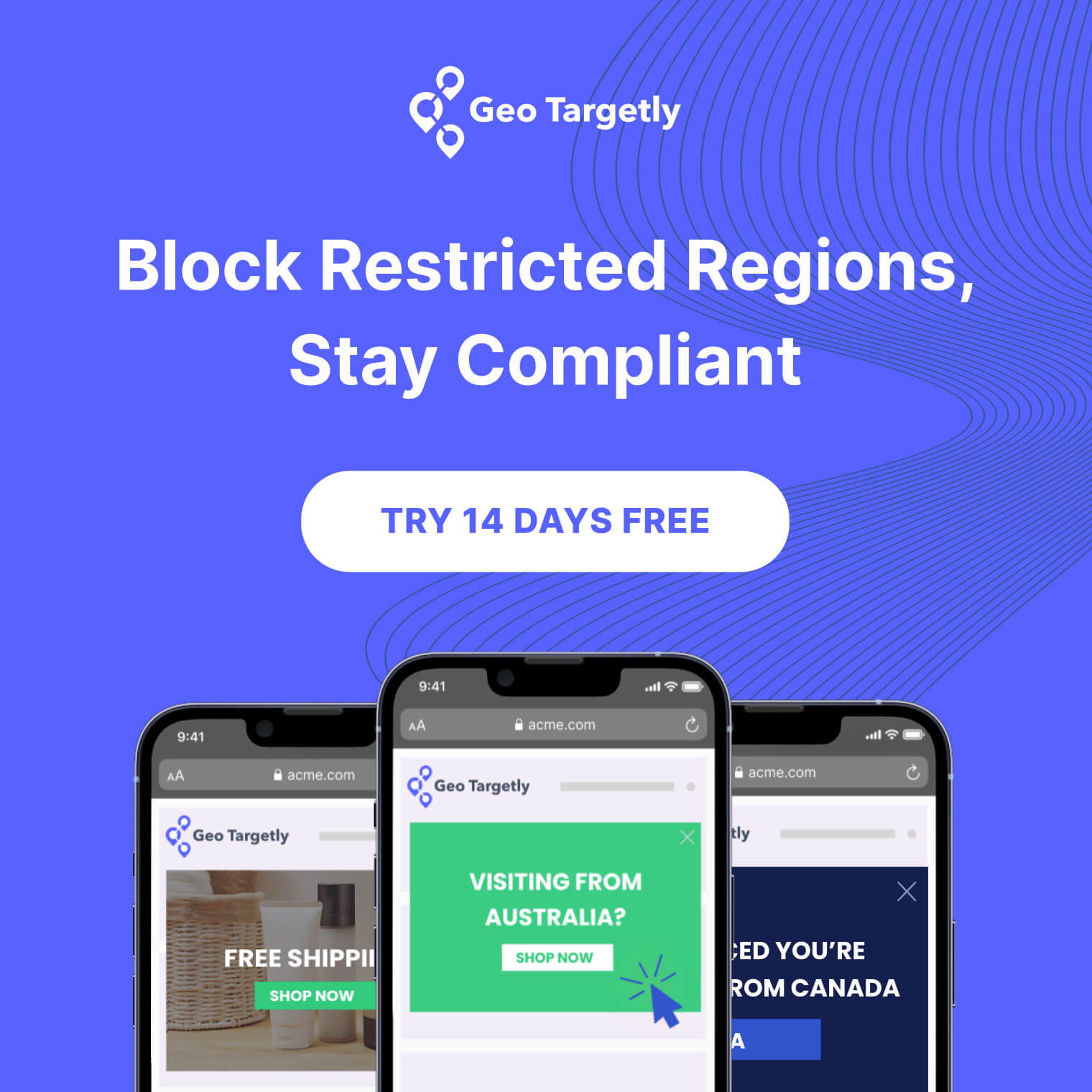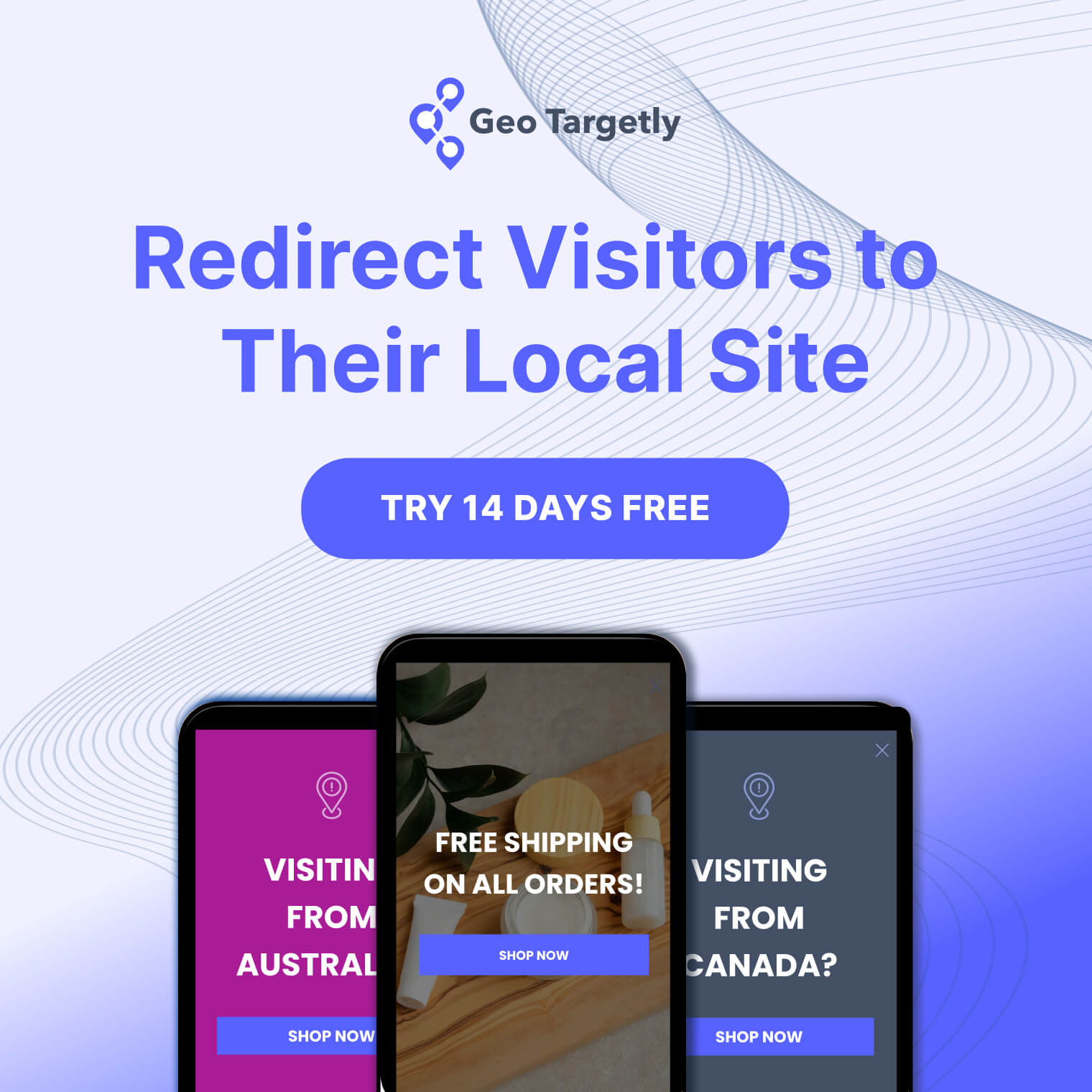

Nowadays, businesses are in hot pursuit of advanced geolocation solutions that completely transform the website experience they provide. Fortunately, these are now relatively easy to find and use.
Taking things to the next level through the use of a trend as explosive as big data, however, is not an idea that crops up too frequently, especially to smaller businesses.
There’s little doubt that big data has made its mark on the world. With the ability to analyse human behaviour on a scale previously unimaginable, it’s potential is only beginning to be fully realised. Combined with geolocation solutions, how far can businesses go?
In our post today, we dive into how you can leverage advanced geolocation solutions together with big data to make a real impact on your website traffic, engagement, and revenue.

Using location history for location targeting strategies
Leveraging data sources like location history, companies are now targeting audiences based on the places they’ve been. With big data colliding with the streams of data mobile users yield, this information allows businesses to target geo-relevant users with greater accuracy.
Here, it’s not just location being looked at but also location-based factors like weather and demographic indicators. This, in turn, results in highly targeted and sophisticated geofences and profile audiences more specifically.
Samsung, for instance, targeted mobile ad users who had frequently visited electronic stores in the past to advertise their Samsung TV, while those users were at a location close to their store.
Analysing location check-in data to predict customer behaviour
Check-in apps like FourSquare are popular platforms individuals use to check-in to various locations. A study from 2015 took a look at this data and then used big data analysis to understand customer behaviour and preferences at specific times of the day.
Here, check-ins in New York City were used for this specific analysis. Using the data gathered from over 142,000 check-ins, researchers discovered that certain American restaurants, like Quick Bite, had higher check-ins in the morning and afternoon, whereas restaurants that served traditional American fare performed better from 5 pm to 11 pm.
More insightful data, including which shopping experiences and service centres audiences preferred at certain parts of the day was also uncovered as part of the study.
The point is that with the kind of location data analysis, uncovering consumer behaviour and preferences is a hair’s breadth away. Businesses can use this information to target their advertising efforts and finetune their outreach through data-driven strategies!
Using website geodata analytics to make personalised product recommendations
By leveraging advanced geolocation solutions on your website, particularly those that read visitors’ IP geolocation, you can now access a range of analytics that makes product recommendations a more intuitive process.
Amazon is particularly skilled at this. So much so, in fact, that they practice a process known as ‘anticipatory package shipping’, where certain orders are shipped to customers before they’ve even placed an order.
Using visitor information like past purchases, time spent on the site, products on their wish list, geographic and demographic information, Amazon makes personalised product recommendations to shoppers. This gives them a serious edge in the market.
Using predictive location data to increase revenue
Combining advanced geolocation solutions and big data doesn’t just yield effective marketing strategies, it also delivers the very real potential of increasing revenue.
Using location-based weather data and comparing that with flight cancellations, Red Roof Inn started marketing their services to flyers especially during foul weather, when flights were likely to be cancelled.
By timing their advertisements to this extent, they were able to increase their business in locations close to airports by more than 10%!
Make use of advanced geolocation solutions and big data for more effective marketing!
Neither big data nor advanced geolocation solutions are particularly new innovations. Yet, the power of combining them is just beginning to spread outside the realm of mega-corporations.
Now with a little dedication and the right tools, businesses can access insightful customer behaviour and optimise their targeting and, ultimately, their revenue.





.webp)










